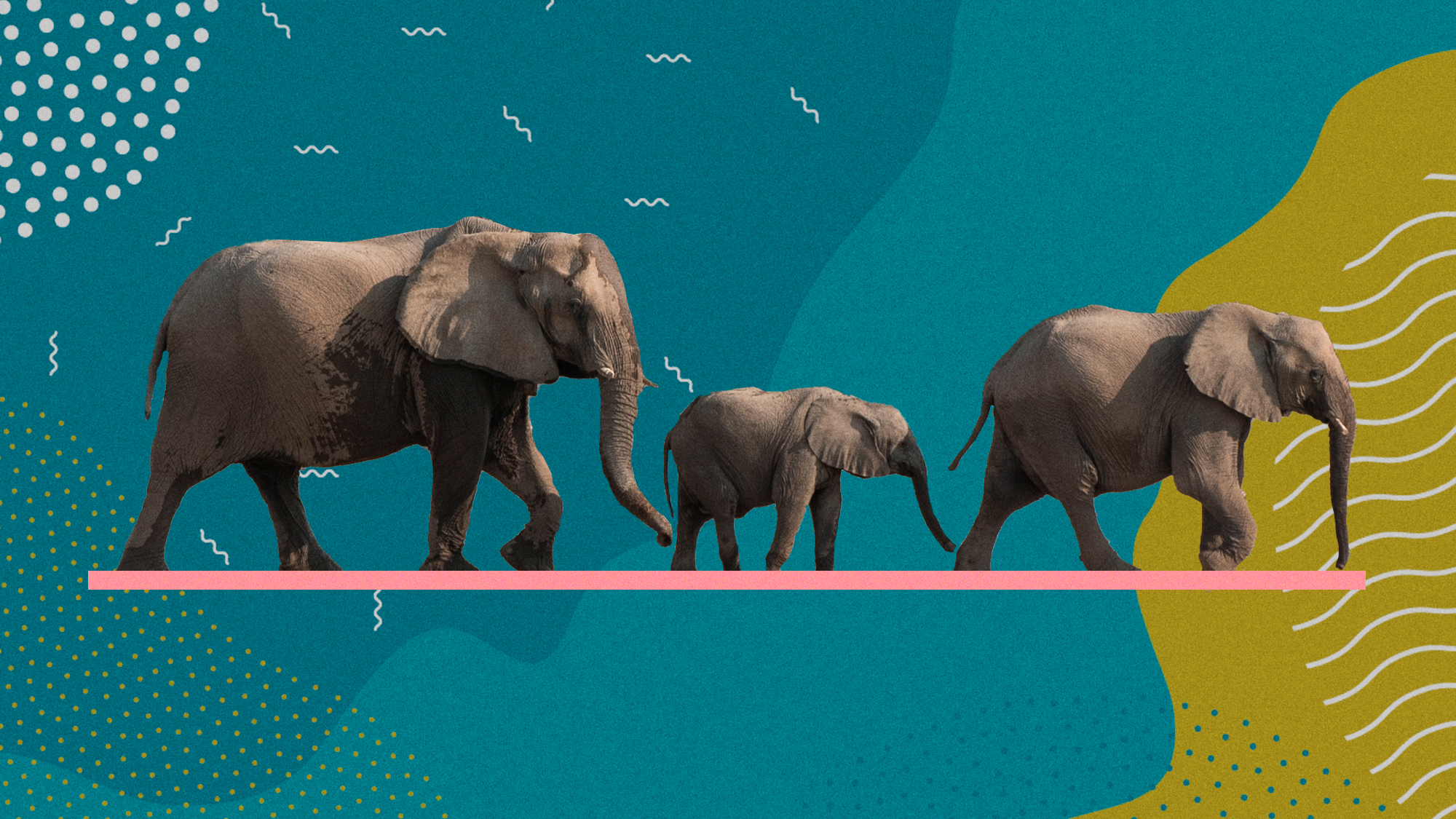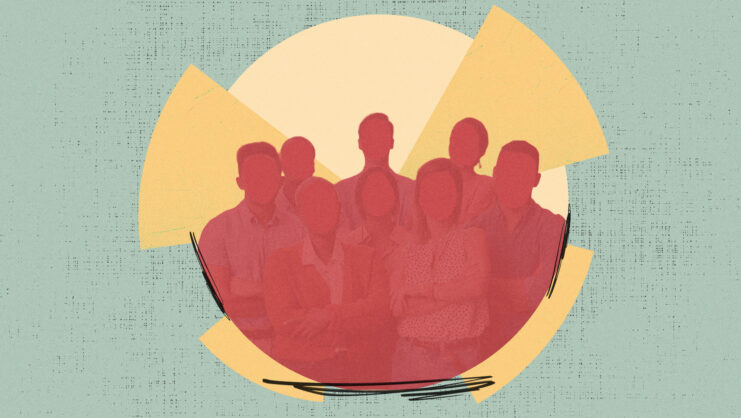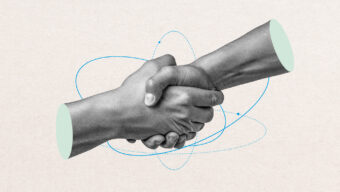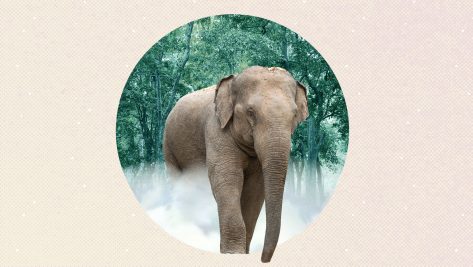We are living longer and longer. Indeed, life expectancy around the world is twice as long as it was at the beginning of the 19th century, with the latest data showing that the current global life expectancy is now just over 72 years. That is across the board – as is the fact that women everywhere in the world are living longer than men. For example, according to the World Bank, the life expectancy in Spain at birth is 83.5 years and women over 80 years old account for 7.7% of the country’s population.
Not only are we living longer, but we are also living better. Scientific and social advancements have not only significantly extended the average life expectancy but, in general, allowed people to reach their later years in better conditions. The most relevant indicator is the healthy life expectancy indicator, i.e., the average number of years a person is expected to live in good health (in the absence of functional limitations or disability). The result of this is that we are currently living at a time in which multiple generations coexist.
Research from the Observatory of Demography and Generational Diversity looks at our new intergenerational realities and analyzes the opportunities they offer for the future. Using data from Spain, Colombia, Mexico, Paraguay, and Uruguay (countries which have a range of a healthy life expectancy from 66 years in Mexico to 72 in Spain), the report finds that, in spite of the differences in the demographic pyramids amongst these five countries (for example, Spain and Uruguay have a more balanced age distribution whereas Columbia, Mexico, and Paraguay trend younger), there is a new intergenerational scenario emerging with challenges that show consistency throughout the five countries and could prove quite relevant in other parts of the world. For example, the types of health challenges, especially in mental health, vary by age: higher levels of anxiety are often found in the young, and greater depression in the elderly. Meanwhile, employment poses a plethora of challenges across age groups as does generating the income needed for all these generations.
The fact is that we are in a world designed for a different scenario, one that has already passed, and as the parable says, pouring new wine into old wineskins will make the skins burst and the wine spill out. Or, in this case of multiple generations, there will be significant friction between age groups, a bursting at the seams.
Increased life expectancy around the world does come with its own set of challenges, and these are widely known, for example: higher healthcare costs and more chronic disease, workforce shortages in healthcare industries including long-term care, and strains on the labor force and economic growth, to name a few. The challenges arise because the progress in life expectancy that has been achieved over the years has not been accompanied by the essential adjustment of mechanisms and institutions from the previous demographic context.
The research study points to three of the main areas of friction resulting from the vulnerability brought about by the demographic transition: ageism, disaffection, and poor accessibility. These frictions are even more germane in our business organizations because, for the first time, there are up to four generations sharing the same space: Baby Boomers, Gen X, Millennials, and Centennials. Coexisting as they are, all these generations are affected.
Let’s take the Baby Boomers (57-75 years), on whom ageism slaps a series of labels on workplace performance. Much of the attention is placed on how these older workers are often delegitimized despite their years of experience in the workforce. However, this phenomenon goes both ways – and ageism also affects the other generations. The youngest workers are often considered inexperienced and not serious, while those generations in between are, literally and figuratively, stuck in the middle and unable to move upwards yet still feel the prodding of the younger generations at their back. In short, this leads to workforce disaffection across the board in organizations.
There is an obvious conclusion: it is of utmost importance to address the problems that come from the friction triggered by the current demographic transition. Workplace friction between generations stems from the age biases that constrain us in all parts and stages of our lives. Such social, economic, and emotional vulnerabilities weaken the fabric of society over time by excluding individuals who feel unable to contribute to a community where they no longer feel they belong. This disaffection is compounded when the goods and services provided by society – services that exist in principle to make life easier – are not easily accessible. The unfortunate result is that individuals and age groups are increasingly isolated from each other.
The good news is that many communities and organizations in the countries of the study (Spain, Colombia, Mexico, Paraguay, and Uruguay) have identified these frictions as a problem to be dealt with and are tackling the challenges from an intergenerational standpoint. Drawing on focus groups conducted in each of the five countries, we have highlighted the following solutions:
- Fighting ageism by building new narratives. Intergenerational dialogues anchored in conversations that feature honesty and humility, and endeavor to educate all parties about different ages and life cycles, help to create new narratives. It also helps to take a broader look at emerging technologies and a more inclusive way of thinking about communities and organizations.
- Overcoming disaffection through social and economic integration. When the experience of older generations is combined with the eagerness for action of the younger generations, the result can be a rather successful blend – even, for example, ventures created by grandparents and grandchildren. In addition, companies can make structural changes that enable greater flexibility and allow the chance for everyone to work, in the way that they best can, towards the common goal.
- Countering inaccessible products and policies with inclusivity. When different age groups are finally working together towards a common goal, the result is often a mix of universal and targeted solutions that deliver accessibility for all. The point is that when all generations work together to create or improve a product or service, the end result is likely to ensure the proper inclusion of everyone.
This is the way forward for the whole of society: governments, media, organizations, universities, and each of us on an individual level, appreciating and acknowledging that life is a cycle in which every stage brings enrichment and that it is this enrichment which imbues our community with meaning.
The report on which this article is based is a joint initiative by the IE Foundation’s Observatory of Demography and Generational Diversity in partnership with the Inter-American Development Bank (IDB), IDB Lab, MAPFRE, Plan Mayor, and the SERES Foundation.
© IE Insights.











